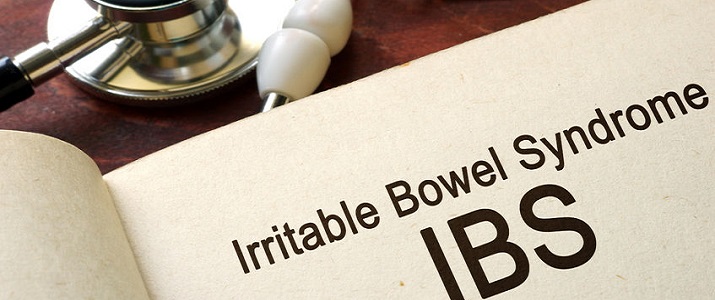
Key Symptoms Of IBS
Irritable Bowel Syndrome (IBS) affects 6–18 % of the world’s population. This is a bowel condition classified as a chronic disease if the typical symptoms are constantly present for at least six months. The main symptoms of IBS are abdominal pain and discomfort linked to bowel dysfunction. These symptoms can lead to emotional distress and much pain.
Symptoms of IBS
- Abdominal bloating and gas – Owing to changes in digestion there is an extra build-up of wind, which manifests as an uncomfortable and swollen bowel. An IBS patient usually experiences flatulence. The pain, sometimes more discomfort than pain, is usually localized to the bowel area. IBS sufferers sometimes feel pain in the upper legs, chest, and back.
- Problems sleeping and fatigue – Poor sleep quality may be owing to gastrointestinal symptoms, which could lead to fatigue and lethargy.
- Constipation – The bowels don’t empty out completely; there is some pain during bowel movements.
- Diarrhea – Sufferers may be unable to control bowel movements; stools may be watery, and include some mucous.
- Cramping – Normally after eating, IBS patients experience lower-abdominal pain and cramping. This will diminish after a bowel movement.
- Food intolerance – In some 50% of IBS patients, certain foods or drinks can trigger a bowel movement.
- Depression and anxiety – IBS patients can develop anxiety over digestive problems. In turn, anxiety can worsen an IBS patient’s digestive symptoms.
- Other symptoms of IBS include feeling ill, having backache, and experiencing problems urinating.
Tools used to assist patients to describe their symptoms
Patients can use one of two tools, namely, the Bristol Stool Form Scale, and the MyGIHealth Mobile App, to describe their symptoms to their doctor.
The Bristol Stool Form Scale, for example, may be used to describe seven different types of stool, based on visual depictions. The seven types are:
- Type 1: Stools are divided into hard lumps resembling nuts, and are difficult to pass.
- Type 2: Stools have a sausage-like shape, however, they are lumpy.
- Type 3: Stools look like sausages with surface cracks visible.
- Type 4: Stools are similar to a snake or sausage, the texture being soft and smooth.
- Type 5: Stools are easily passed, displayed as soft blobs with definite edges.
- Type 6: Stools are mushy, reflecting fluffy pieces with ragged edges.
- Type 7: Stools are watery, and have no solid masses.
The MyGIHealth Mobile App is designed with the help of doctors and research from the National Institute of Health. This free app is a tool that may be used by patients to screen and evaluate signs of IBS. In addition, to properly identify IBS, and to initiate appropriate diagnostic tests and a treatment strategy, it is important to identify the correct IBS subtype. The four IBS subgroups are:
- IBS with constipation (IBS-C)
- IBS with diarrhoea (IBS-D)
- IBS with mixed or alternating diarrhea and constipation (IBS-M)
- IBS post infectious (IBS-PI).
TOP 5
IBSTreatments |
|||||
| IBS Clear | BioGanix BioZyme Digestive Enzymes | Nature's Sunshine Food Enzymes | Herbs of Gold IBS Advanced | Kijimea IBS | |
|---|---|---|---|---|---|
| 1 | 2 | 3 | 4 | 5 | |
| Price (1 bottle) Price (6 bottles) best value |
$49.95 $139.70 |
$45.95 $183.80 |
$39.95 $239.70 |
$39.95 $239.70 |
$42.94 $257.64 |
| Overall Rating | 98.7% | 82.00% | 71% | 64% | 61% |
| Effectiveness |





|





|





|





|





|
| Speed of Results | Extremely Fast | Fast | Good | Average | Slow |
| Quality of Ingredients | Premium | Good | Good | Average | Average |
| Customer Satisfaction Evaluation | 99.50% | 81% | 79% | 72% | 68.2% |
| Safety Evaluation | Safe for Use | Safe for Use | Safe for Use | Safe for Use | Safe for Use |
| Customer Service Rating |





|





|





|





|





|
| Reorder Rate | Highest | Good | Average | Good | Average |
| Return Policy | Risk Free | Unused | Risk Free | Unused & Unopened | No |
| Success Rate | 99.60% | 83% | 77% | 71.20% | 69.2% |

 Subscribe Now
Subscribe Now











